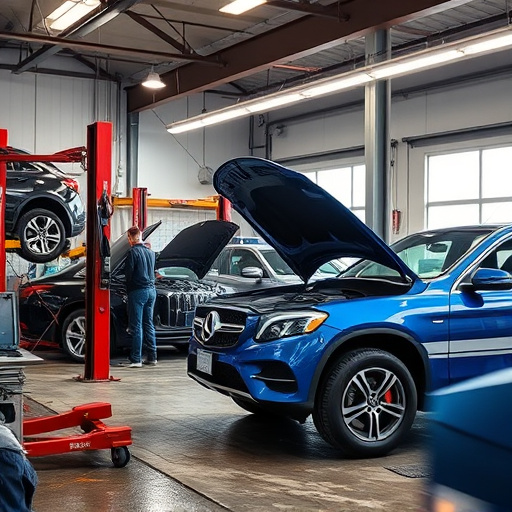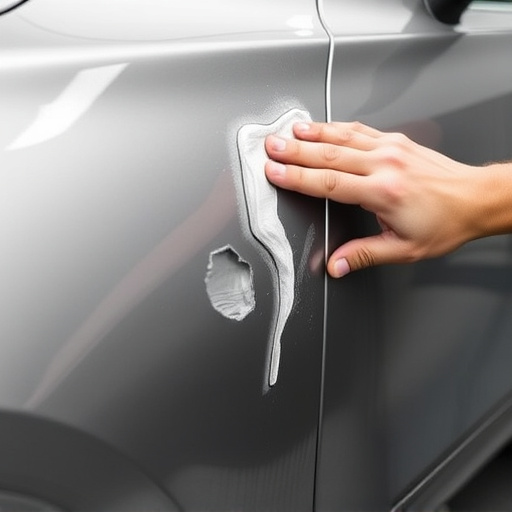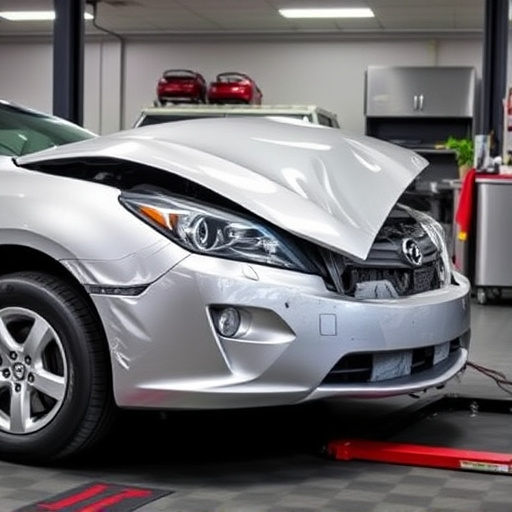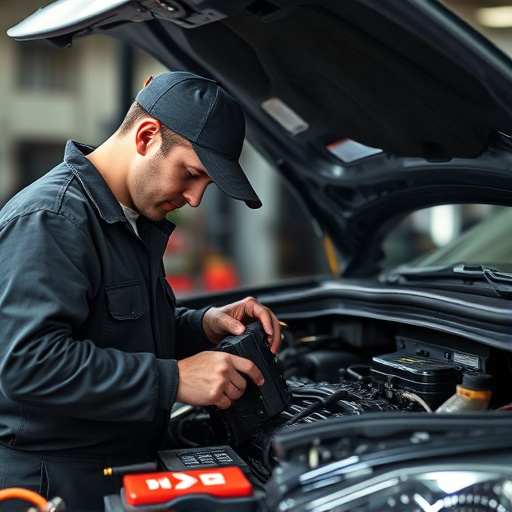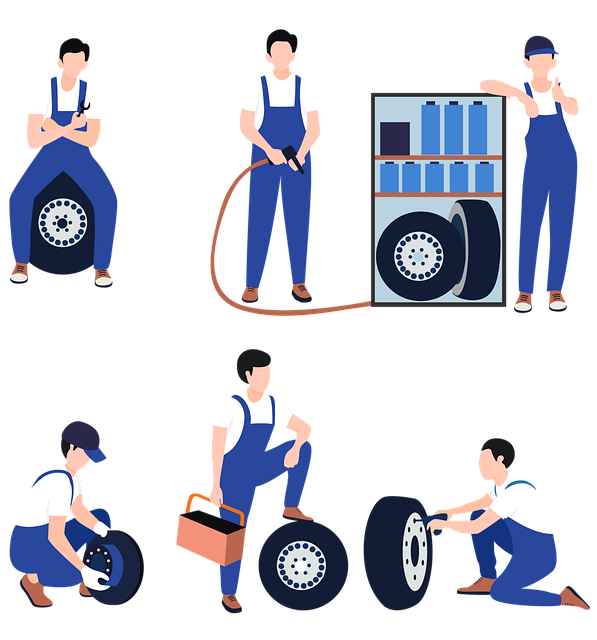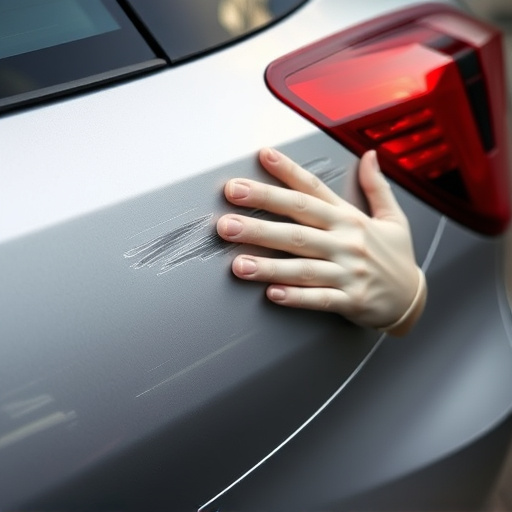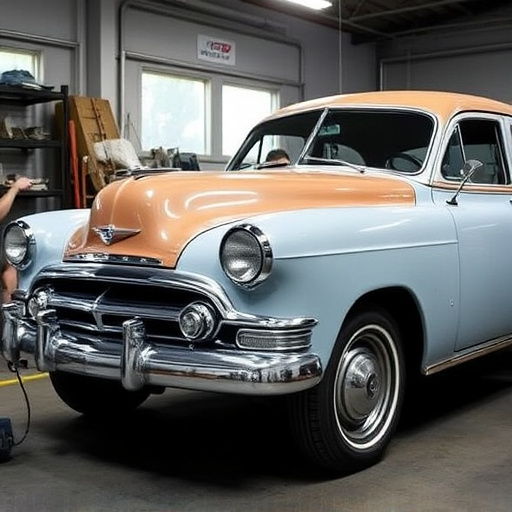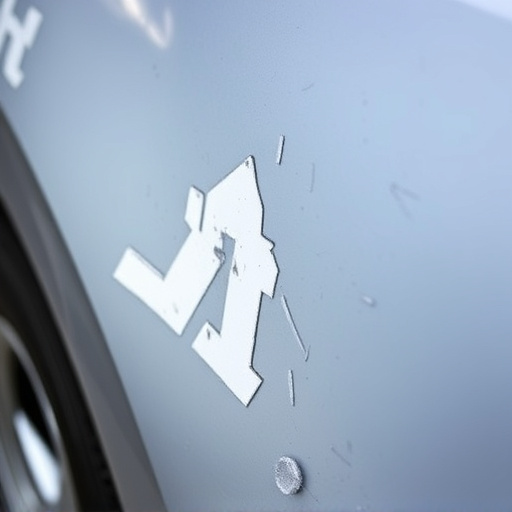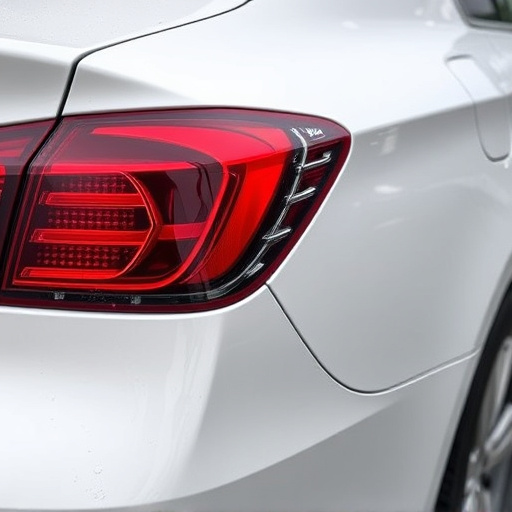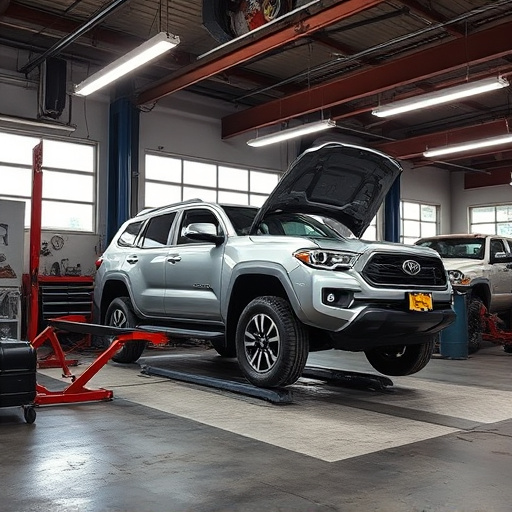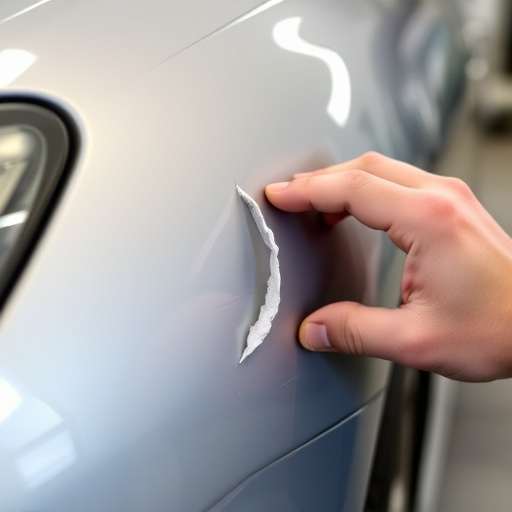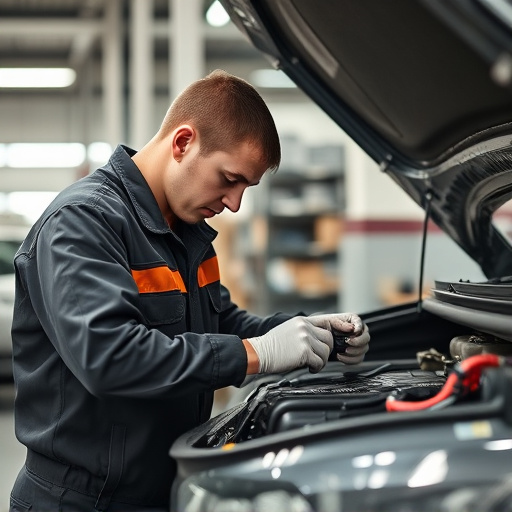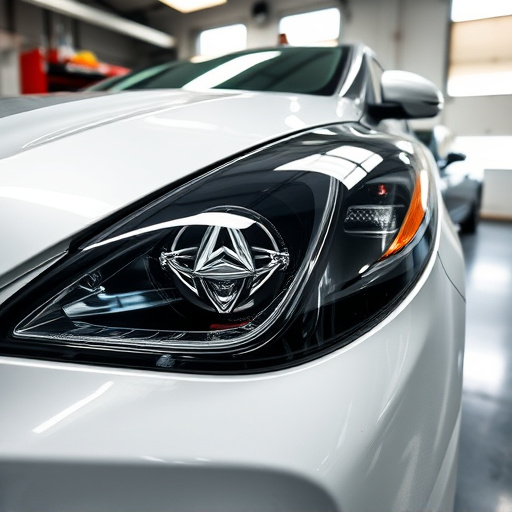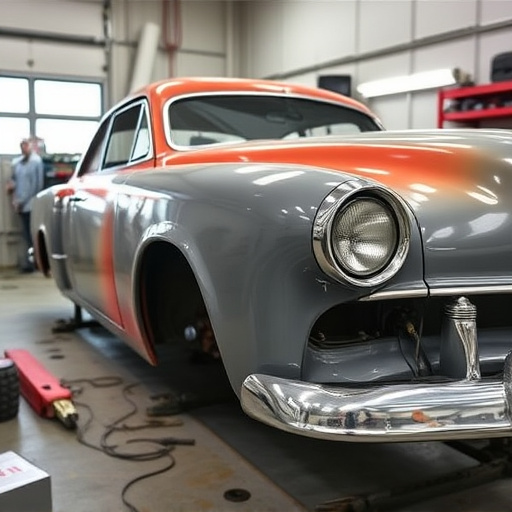The evolution of automotive glass safety standards has been driven by advancements in OEM glass replacement technologies, enhancing vehicle safety and aesthetics. This shift from conventional glass to safety-enhanced varieties ensures better impact resistance, energy distribution, and car body restoration, as seen in Mercedes Benz repairs. OEM glass replacement improves strength, clarity, and structural integrity, setting higher industry standards and boosting consumer trust in collision repair, with meticulous attention to detail achieving pre-accident conditions.
“The evolution of vehicle safety has seen remarkable transformations, and at the heart of this progress lies a subtle yet profound change: OEM glass replacement. This innovative approach to automotive glass repair and replacement has revolutionized safety standards, enhancing structural integrity and passenger protection.
In this article, we explore how OEM glass, manufactured to precise specifications, became a game-changer in vehicle safety. We delve into the historical evolution of safety standards for automotive glass and highlight why OEM replacement parts are crucial in maintaining consumer trust and ensuring optimal vehicle performance.”
- Evolution of Safety Standards for Automotive Glass
- The Rise of OEM Glass Replacement: A Game Changer
- Impact on Vehicle Safety and Consumer Trust
Evolution of Safety Standards for Automotive Glass
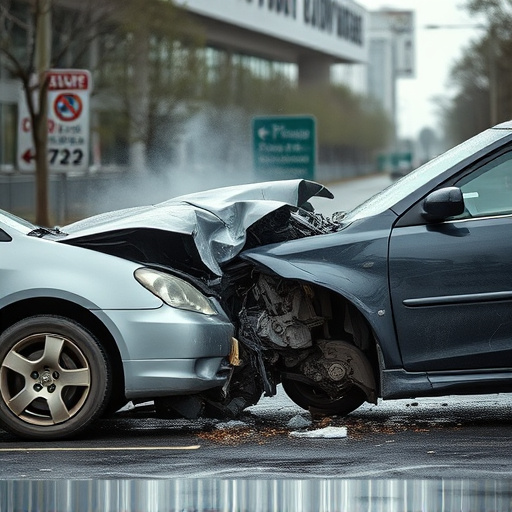
The evolution of safety standards for automotive glass has been a pivotal aspect of vehicle development, driven largely by advancements in OEM (Original Equipment Manufacturer) glass replacement technologies. Historically, car windscreens and windows were made from conventional glass, which, while providing transparency, lacked robust impact resistance. This changed significantly with the introduction of safety-enhanced glass, designed to withstand extreme forces during collisions, thereby protecting occupants and enhancing overall vehicle safety.
Modern safety standards mandate that automotive glass be engineered to absorb and distribute energy upon impact, reducing the risk of severe injuries. In the case of a crash, these advanced glasses are less likely to shatter into sharp fragments, contributing to better car body restoration processes like those seen in Mercedes Benz repairs. This evolution has not only led to improved safety features but also influenced the overall design and aesthetic appeal of vehicles, with manufacturers exploring new ways to integrate glass while adhering to stringent safety protocols.
The Rise of OEM Glass Replacement: A Game Changer
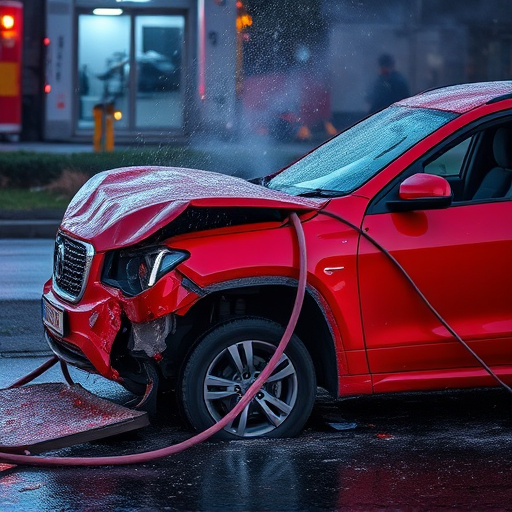
The evolution of vehicle safety has seen numerous advancements, but one significant development that deserves recognition is the rise of OEM (Original Equipment Manufacturer) glass replacement. This game-changer has revolutionized both car manufacturing and automotive collision repair industries. In the past, when a car’s windshield or windows were damaged, the standard practice was to replace them with aftermarket glass, which often fell short in terms of quality and safety standards compared to the original equipment.
OEM glass replacement has transformed this scenario by ensuring that every new glass installed on a vehicle is an exact match to the manufacturer’s specifications. This means improved strength, better optical clarity, and enhanced structural integrity for the car’s body. Body shop services now prioritize using OEM parts in their automotive collision repair processes, contributing to safer driving conditions and higher standards in the industry.
Impact on Vehicle Safety and Consumer Trust
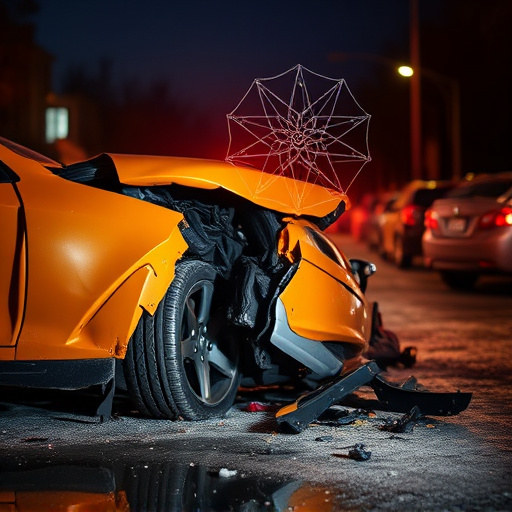
The introduction of OEM (Original Equipment Manufacturer) glass replacement has had a profound impact on vehicle safety and consumer trust. By utilizing high-quality, precision-engineered glass that matches the exact specifications of the original equipment, automotive body shops and collision centers are able to restore vehicles to their pre-accident condition both aesthetically and structurally. This not only enhances the overall integrity of the vehicle but also reinforces consumer confidence in the repair process.
OEM glass replacement has elevated the standards for collision damage repair, ensuring that repairs are done with meticulous attention to detail. As a result, drivers can rest assured knowing that their vehicles are safer and more reliable following a collision. This increased safety and trust have been instrumental in fostering a positive perception of automotive body shops and collision centers among consumers, ultimately driving industry growth and innovation.
OEM glass replacement has undeniably revolutionized vehicle safety, setting new standards and fostering consumer trust. By adhering to stringent manufacturing processes and utilizing cutting-edge technology, original equipment manufacturer (OEM) glass ensures superior performance and durability. This advancement not only enhances the overall structural integrity of vehicles but also significantly reduces the risk of injuries during accidents. With OEM glass replacement becoming the norm, drivers can rest assured that their vehicles meet the highest safety criteria, paving the way for a safer and more reliable motoring experience.
